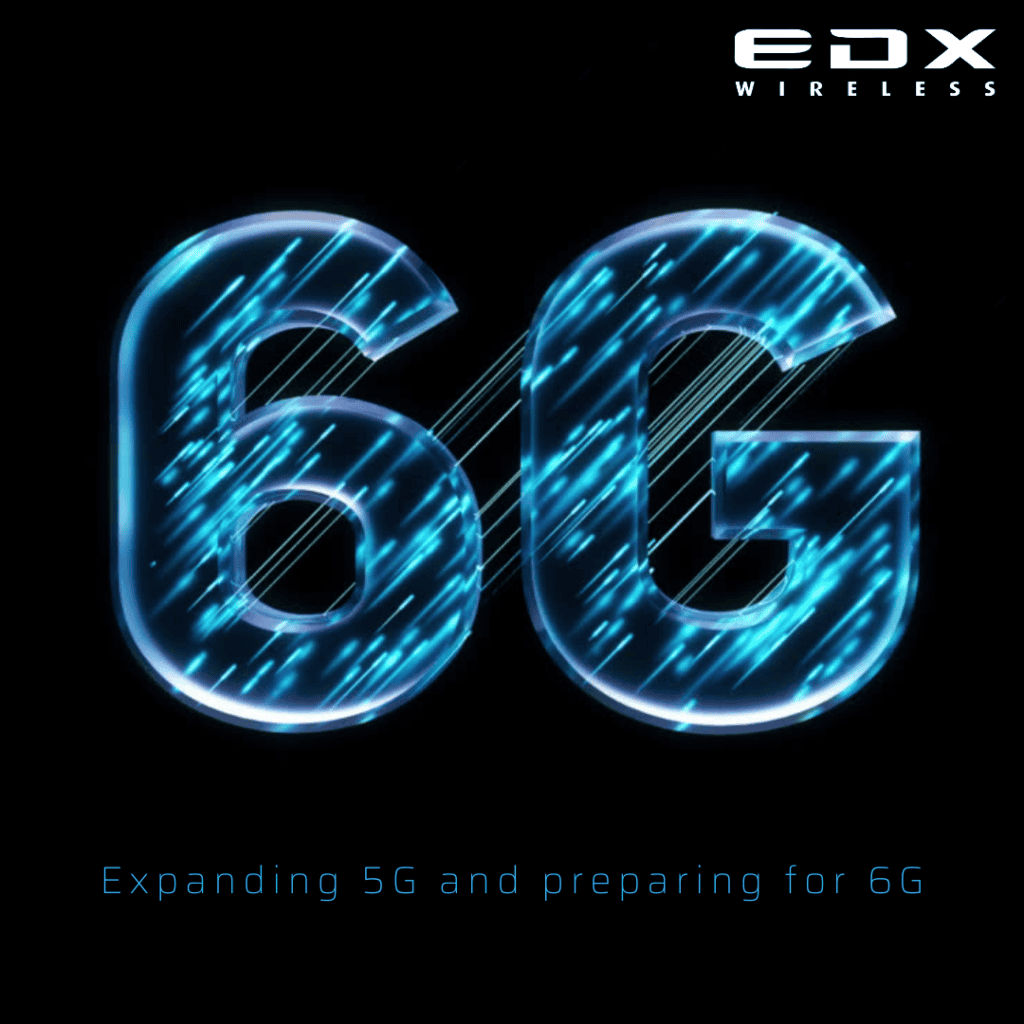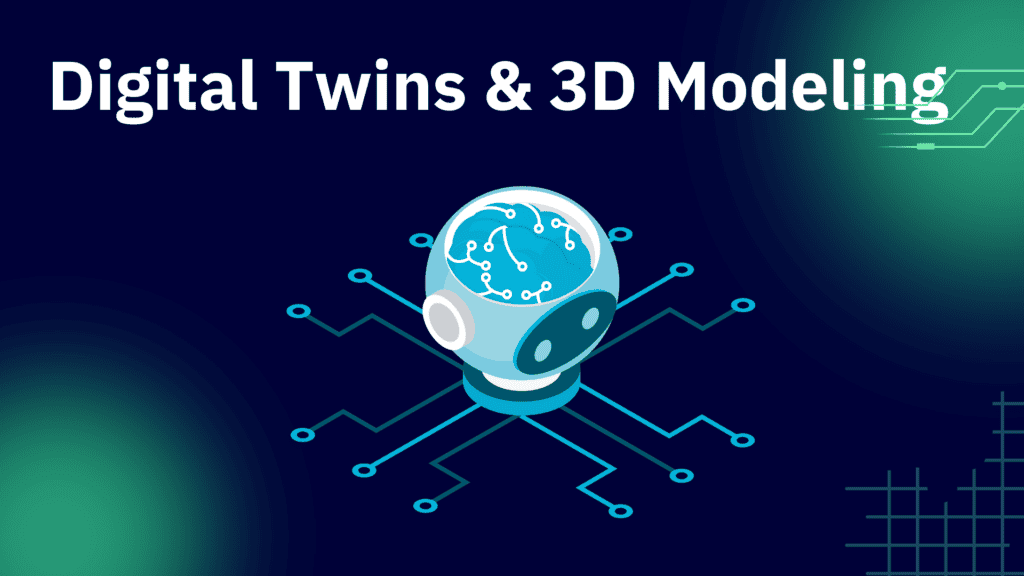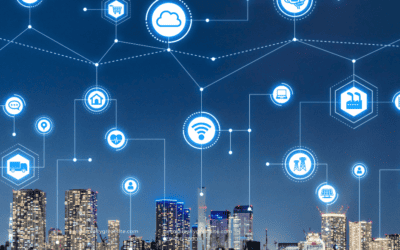As we step into 2025, the wireless and smart grid industries are evolving at an unprecedented pace. RF planning remains a cornerstone of both network deployment and optimization, playing a pivotal role in shaping the future of connectivity and energy management. Emerging technologies, sustainability goals, and growing network complexities are driving the demand for advanced RF planning solutions. Here’s a look at the key trends where RF planning is making a critical impact in telecom and smart grids.

1. AI-Driven RF Planning: A Game Changer
Artificial intelligence is revolutionizing RF planning by automating complex processes and improving accuracy. From real-time interference management to predictive analytics, AI enables telecom operators and utilities to anticipate network issues and optimize performance efficiently.
What’s Next? Look out for advanced AI modules integrated into RF planning tools, offering deeper insights and enabling smarter, faster decisions for both telecom and smart grid applications.
2. Expanding 5G and preparing for 6G
The global rollout of 5G continues, focusing on small cells in urban areas. Meanwhile, 6G trials are influencing RF planning models with sub-terahertz frequencies and advanced MIMO configurations.
What’s Next? Tools supporting mmWave and terahertz scenarios will become essential as 6G research accelerates.

3. Advanced Metering Infrastructure (AMI) 2.0 and Large-Scale Deployments
Advanced Metering Infrastructure (AMI) is evolving into AMI 2.0, requiring robust wireless communication systems for real-time two-way data exchange. Large-scale deployments demand highly efficient RF planning to ensure coverage, reliability, and seamless connectivity across millions of smart meters.
Key Considerations for RF Planning:
- Coverage and capacity planning for dense meter deployments.
- Interference mitigation in urban and suburban environments.
- Integration with private LTE and 5G networks for enhanced performance.
4. CBRS and Private Networks
The rise of CBRS and private LTE/5G networks is transforming industries like utilities, manufacturing, and smart cities. RF planning ensures secure, low-latency solutions for critical infrastructure, enabling utilities to manage distributed energy resources and real-time grid monitoring effectively.
What’s Next? Increased demand for tools that seamlessly model and optimize private and hybrid network components.

5. Fixed Wireless Access (FWA) for Underserved Areas
FWA is bridging the digital divide by connecting underserved regions. RF planning tools optimize coverage and ensure high-speed, reliable connectivity in remote areas.
What’s Next? Advanced propagation models and network simulations tailored to rural and hard-to-reach regions.
6. Integrating Renewable Energy Sources
As renewable energy adoption grows, RF planning is critical for integrating sources like solar farms, wind turbines, and energy storage into the grid. Reliable wireless networks enable real-time monitoring and control of these assets.
Key Considerations for RF Planning:
- Optimizing wireless communication for remote and rural renewable sites.
- Ensuring redundancy and resilience in network designs.
- Managing bi-directional energy flows between grid operators and distributed energy resources.
7. Sustainability Takes Center Stage
Sustainable network designs are no longer optional. RF planning tools are helping telecom operators and utilities minimize power consumption and align with global sustainability goals.
What’s Next? Green RF planning will become a key differentiator, contributing to more energy-efficient networks and renewable energy integration.
8. Digital Twins and 3D Modeling

Advanced modeling techniques, including digital twins and 3D GIS-based planning, are redefining RF design. These technologies allow operators to simulate real-world environments with unprecedented accuracy, ensuring optimal deployment of wireless networks.
What’s Next? Increased adoption of 3D visualization tools for urban and high-density areas.
9. Resiliency in the Face of Climate Change
With climate change increasing the frequency of extreme weather events, resilient communication networks are critical. RF planning ensures robust wireless systems that maintain connectivity during disruptions.
Key Considerations for RF Planning:
- Deploying microgrids with reliable wireless communication links.
- Designing adaptive networks that can reroute signals in case of infrastructure damage.
- Supporting emergency response systems with secure, fail-safe communication pathways.
10. Spectrum Optimization
Dynamic spectrum sharing (DSS) and unlicensed spectrum use are critical for maximizing network capacity. RF planning tools ensure efficient spectrum utilization while avoiding interference.
What’s Next? Enhanced tools to support DSS and optimize unlicensed bands like Wi-Fi 6E and mmWave.
11. Focus on Decentralized Energy Systems
Decentralized energy systems, including community solar projects and microgrids, require robust wireless networks for coordination and stability. RF planning ensures seamless communication within the broader grid.
Key Considerations for RF Planning:
- Supporting bi-directional communication between decentralized systems and grid operators.
- Designing scalable networks to accommodate growing numbers of DERs.
- Minimizing interference in densely populated areas with multiple energy nodes.
How EDX Wireless is Shaping the Future
At EDX Wireless, we are at the forefront of these trends, delivering cutting-edge RF planning solutions that empower telecom operators and utilities to navigate the complexities of modern networks. From AI-powered analytics and 3D modeling to sustainability-focused tools, our solutions are enabling smarter, greener, and more efficient networks.
Ready to Elevate Your RF Planning? Contact us today to learn how EDX Wireless can help you stay ahead in the dynamic world of telecom and smart grid RF planning.

